The major market players are investing a lot of money in R&D to expand their product lines, which will spur further market growth. With significant market development like new product releases, contractual agreements, mergers and acquisitions, increased investments, and collaboration with other organizations, market participants are also undertaking various strategic activities to expand their global presence. To grow and thrive in a market climate that is becoming more competitive and growing, competitors in the Acetone industry must offer affordable products.
Manufacturing locally to cut operating costs is one of the main business tactics manufacturers use in the global Acetone industry to benefit customers and expand the market sector. Major market players, including Honeywell International Inc, Dow, BASF, Mitsui Chemicals Inc, Shell Chemical Co, LG Chem Ltd, and others, are attempting to increase market demand by funding R&D initiatives.
Dow is a leading American multinational chemical company that operates in various industries, including packaging, infrastructure, consumer care, and electronics. Dow is organized into three business segments: Packaging & Specialty Plastics, Industrial Intermediates & Infrastructure, and Performance Materials & Coatings. The Packaging & Specialty Plastics segment produces packaging materials and films, while the Industrial Intermediates & Infrastructure segment produces chemicals used in manufacturing, including solvents, plastics, and adhesives. The Performance Materials & Coatings segment produces materials used in industrial and consumer applications, including coatings and adhesives.
Mitsui Chemicals Inc. is a Japanese multinational chemical company that operates in a wide range of industries, including petrochemicals, basic chemicals, and performance materials. Mitsui Chemicals is organized into five business segments: Mobility, Health Care, Food & Packaging, Basic Materials, and Others. The Mobility segment produces materials used in the automotive industry, including engineering plastics and films. The Health Care segment produces materials for medical devices and pharmaceuticals. The Food & Packaging segment produces materials used in food packaging, including films and containers.
The Basic Materials segment produces basic chemicals, such as phenol and acetone, as well as performance materials such as elastomers, synthetic resins, and films. The Others segment includes businesses related to energy and the environment.
LG Chem Ltd started exporting their first batch of bio-balanced phenol/acetone from July 2022 onwards. The use of renewable bio-feedstocks such as biomass or waste cooking oil obtained from renewable sources makes this an ISCC PLUS-certified product. South Korea has exported biggest volume of ISCC PLUS certified product so far: 4000 tons of phenol plus 1,200 tons of acetone alone.
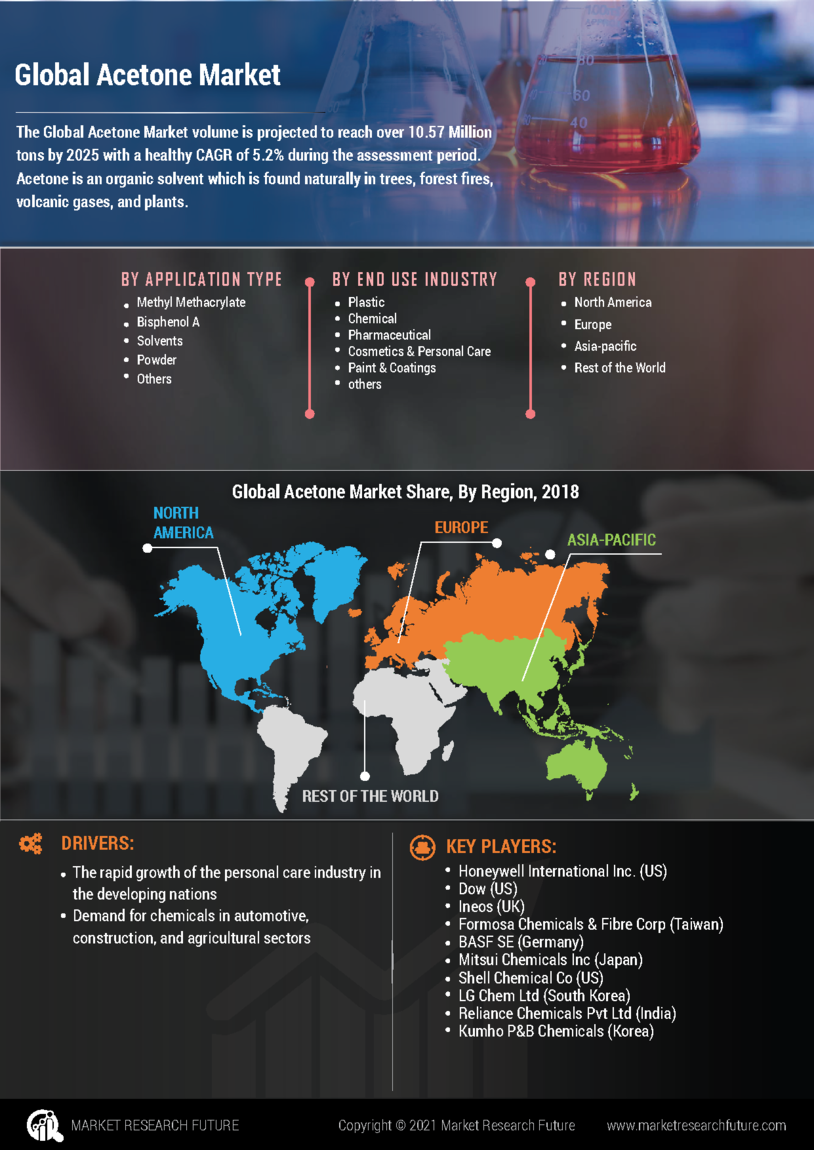

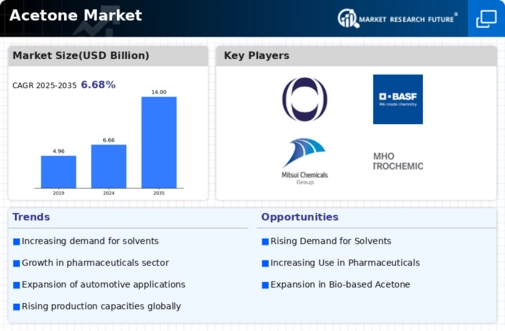
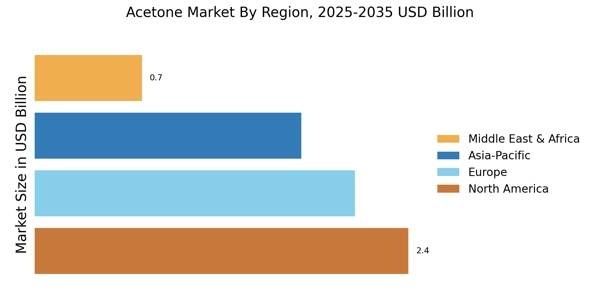

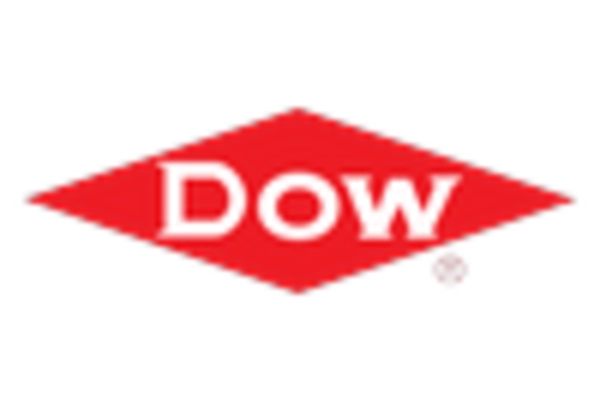

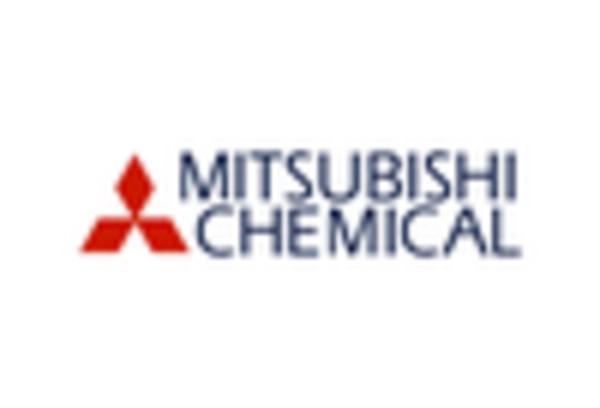
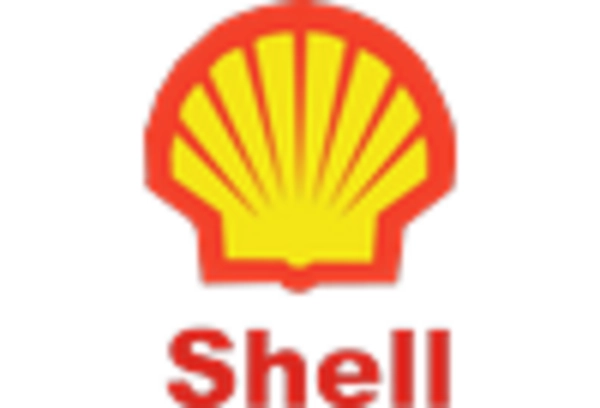
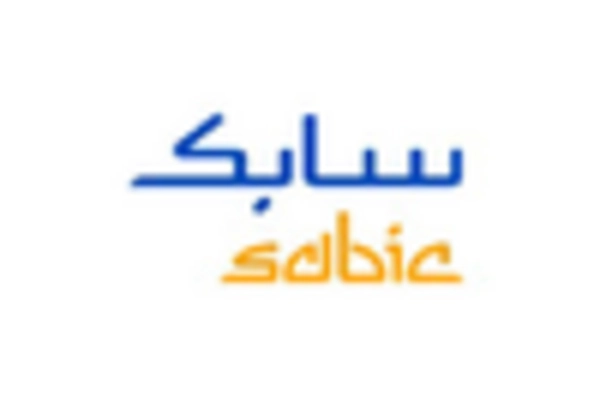








Leave a Comment